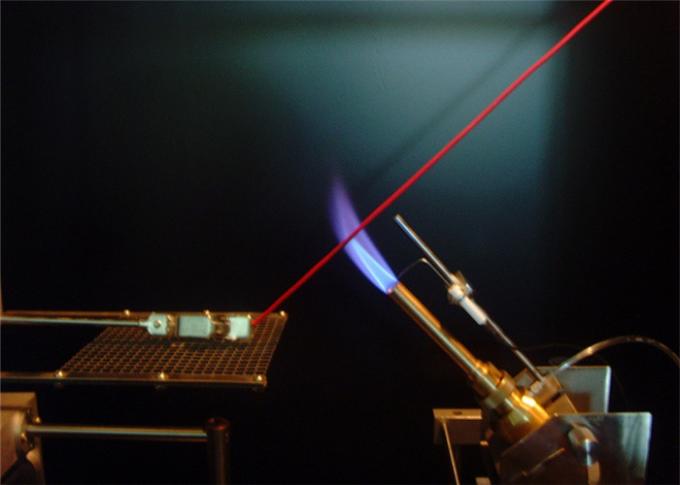10 Guidelines for Selecting the Best Flammability Test Equipment
Flammability testing is an essential component of many products, such as textiles, plastics, and building materials. It is crucial to select the right equipment to ensure accuracy, reliability, and compliance with industry standards. Here are ten guidelines to consider when selecting the best flammability test equipment.
1. Identify the Testing Standards
The first and foremost thing to consider when selecting the best flammability test equipment is to identify the testing standards that are applicable to your product. Different countries have different standards, such as ASTM, ISO, EN, and GB, and the testing methods and equipment may vary. Thus, it is necessary to ensure that the equipment meets the relevant flammability testing standards.

2. Determine the Testing Parameters
Flammability testing involves various parameters, such as ignition source, flame spread, burn rate, heat release rate, smoke density, and toxicity. The equipment should be capable of measuring these parameters accurately and consistently. Moreover, the testing parameters should be consistent with the intended use of the product.
3. Consider the Sample Size and Shape
The size and shape of the sample can affect the flammability properties, and thus, the equipment should accommodate various sample sizes and shapes. For instance, cone calorimeters can test various sample sizes and shapes, while vertical flame chambers are limited to flat and thin materials.
4. Assess the Testing Environment
The testing environment should be controlled and standardized to eliminate external factors that may influence the test results. The equipment should have the necessary temperature, humidity, and ventilation control to simulate the real-life conditions of product use.
5. Evaluate the Testing Time and Cost
The testing time and cost can vary depending on the equipment used. Rapid screening methods, such as microscale combustion calorimetry, can provide quick results at a lower cost, while bench-scale tests may take longer but offer more comprehensive data. The equipment should be suitable for the required testing time and budget.
6. Check the Calibration and Maintenance
The flammability test equipment should have a calibration and maintenance program to ensure accuracy and reliability. Regular maintenance, inspection, and calibration should be conducted by qualified personnel to prevent equipment failure and minimize downtime.
7. Consider the Safety Features
Safety is crucial when dealing with flammable materials, and the equipment should have adequate safety features, such as fire suppression systems, emergency stop buttons, and protective enclosures. Moreover, the operators should have appropriate training on the safe use of the equipment.
8. Look for User-Friendly Interfaces
The equipment should have user-friendly interfaces that make it easy to operate and understand the test results. The software should have a clear and intuitive interface, with graphical representations of the test data and parameters.
9. Seek Product Support and Training
It is essential to have access to product support and training from the manufacturer to ensure that the equipment is used correctly and efficiently. The manufacturer should offer technical support, troubleshooting, and training programs for the operators.
10. Read Reviews and Compare Products
Finally, it is recommended to read reviews and compare different flammability test equipment products before making a purchase. Consult with industry experts, peers, and manufacturers to gain insight into the benefits and limitations of each product and make informed decisions.
In conclusion, selecting the best flammability test equipment requires careful consideration of the testing standards, parameters, sample size and shape, testing environment, time, cost, calibration, maintenance, safety, user-friendliness, and product support. By following these ten guidelines, you can ensure that the chosen equipment provides reliable and accurate results and meets the industry's stringent requirements.

